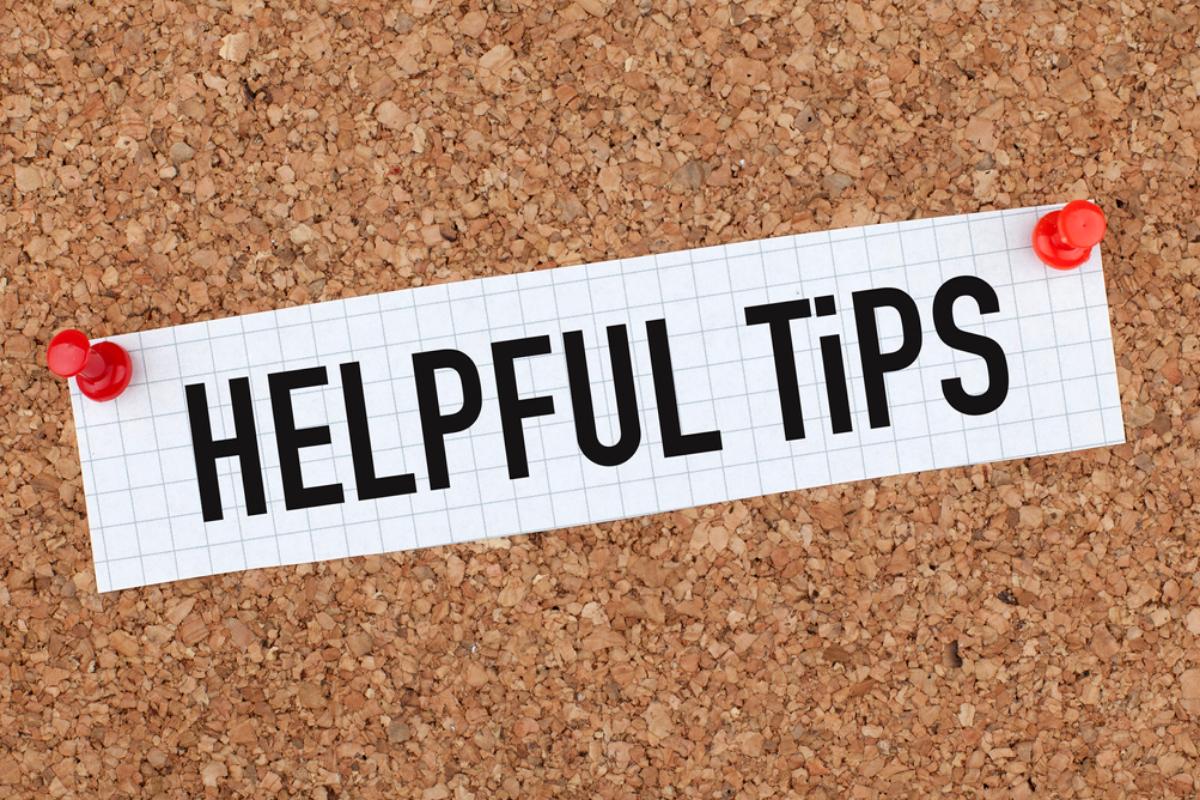
As the spread of Covid-19 continues to cause uncertainty, online letting platform Make Ur Move gathers all the latest advice for tenants in one place.
Out of sight, out of mind? Or tidy house, tidy mind?
Whichever clutter cliché resonates with you most strongly, there’s no denying that spring is the perfect time for a clear-out. And with many of us spending more time at home during the lockdown, the overhaul opportunity is very tempting.
If your pad is looking more Miss Havisham than Marie Kondo, read on to discover our top tidying tips.
The Clutter Challenge
Tidying expert Marie Kondo believes that: “Clutter has nothing to do with what or how much you own. It’s the failure to put things back where they belong.”
A sensible philosophy. But that of course depends on having the space to store everything you own within your property. And if you live in a small apartment, that can be difficult.
In theory, clearing out clutter shouldn’t be difficult. You simply get rid of the stuff you no longer want or need.
But deciding what falls into the clutter category can be tricky. Emotions can get in the way. Guilt. Sentimentality. Memories. They all try their hardest to make it impossible to just let stuff go.
You need an action plan.
Write Your Tidy To-Do List
Start as you mean to go on and get organised. Make a list of what you want to achieve. Depending on how much time you have available, this could be a comprehensive room-by-room battle plan, broken down into tasks.
Your bedroom plan could include getting rid of clothes you’ve not worn for XX number of years (or months if you’re feeling really ruthless), saying goodbye to perennially uncomfortable shoes and bravely tackling what’s lurking under the bed.
Or you could start more modestly and set yourself smaller goals like the overflowing kitchen drawer that houses everything from used batteries to out-of-date takeaway menus.
As you tick off each item, you’ll feel a sense of satisfaction that you’re getting things done. That tidy mind is one step closer.
Decide What You’re Going to Keep
No matter how long you’ve lived in your property, it’s likely you have a stash of stuff that you simply don’t need. But not everything has to have a purpose to stake its claim to space.
One approach to take is to look at each item and ask yourself ‘Is it practical or beautiful?’. If it’s practical, box ticked, and you can keep it. But be sure you’re not keeping three potato peelers, two copies of the same book or 17 wine glasses when you rarely have more than six people round for a meal.
Next, if it’s beautiful and, in Marie Kondo’s words ‘sparks joy’, feel free to let it stay. We all need things around us that warm our hearts.
The sticking point to this strategy appears when you come across something neither practical nor beautiful but with an unavoidable emotional pull.
It’s easy to say just be ruthless but if you’re the sentimental type, this is when it can get tough. There’s no need to part ways with your beloved childhood teddy bear or precious family heirloom but clinging on to things to avoid guilt is a recipe for clutter.
Maybe you inherited a framed picture from a relative because they remembered you loved it as child? But it now doesn’t suit your style and will never make it to a wall. But it could be perfect for someone else’s wall so give yourself permission to let it go. You’ll always have the memory and any guilt will soon fade.
Books, DVDs and CDs can also fall into the sentimental category. If freeing up space is your priority and you’ve already switched to digital from traditional, virtual storage can replace real storage.
If you’ve converted to a Kindle or have a smart TV with access to multiple movies, visualise using the space taken up by paperbacks and plastic cases for something else.
Find a Home for What You’re Not Keeping
As you sort through your belongings, allocate everything to a specific pile. These could include:
Keeping
Donating to a charity shop: consider splitting it between different places to make your support go further
Giving away to friends or family
Selling on local sites, eBay or Facebook Marketplace, or at a car boot sale
Taking to a recycling centre
Putting in the bin
This stage is all about mindset. If a pair of trousers that haven’t fitted you since 2010 creep back into the keeping pile from the charity shop pile, have a word with yourself. Holding on to them ‘just in case’ is exactly why you have clutter to sort through now.
Remember that one person’s trash can be another one’s treasure so having a clear out could also spread joy to other people.
Find a Home for What’s Left Behind
You should now just be left with the practical, beautiful items you need to live clutter-free in your home. But where should they all live?
The key is to give everything, however small, a home. And to put those things back in their home after they’ve been used. Your clutter-free brain will be able to find everything from a sewing needle to a stapler in record time. You may even find yourself getting rid of several more things as you rearrange and reorder each room.
There are plenty of clever storage solutions out there. From simple cupboard and drawer dividers to modular units and vacuum-sealed bags, the world is your organised oyster.
Just remember, everyone is allowed one kitchen drawer for all the random stuff that doesn’t fit neatly into a home elsewhere. You’ll need something to declutter next time round …